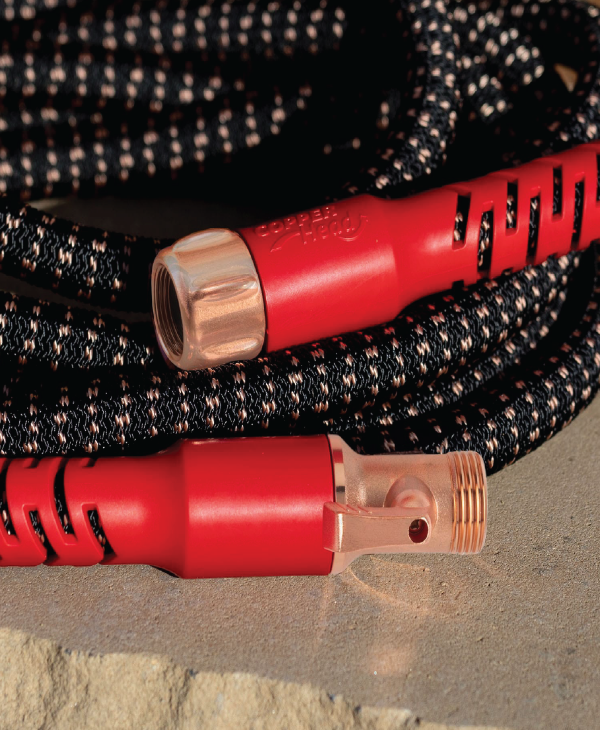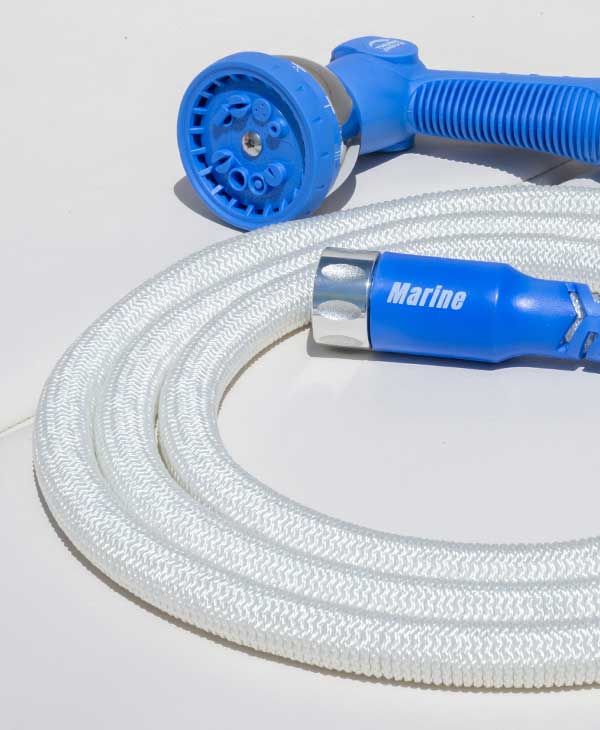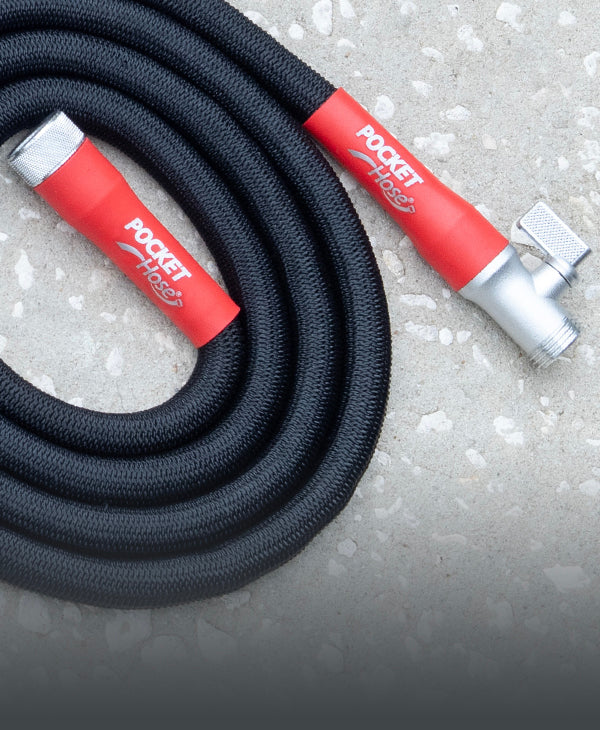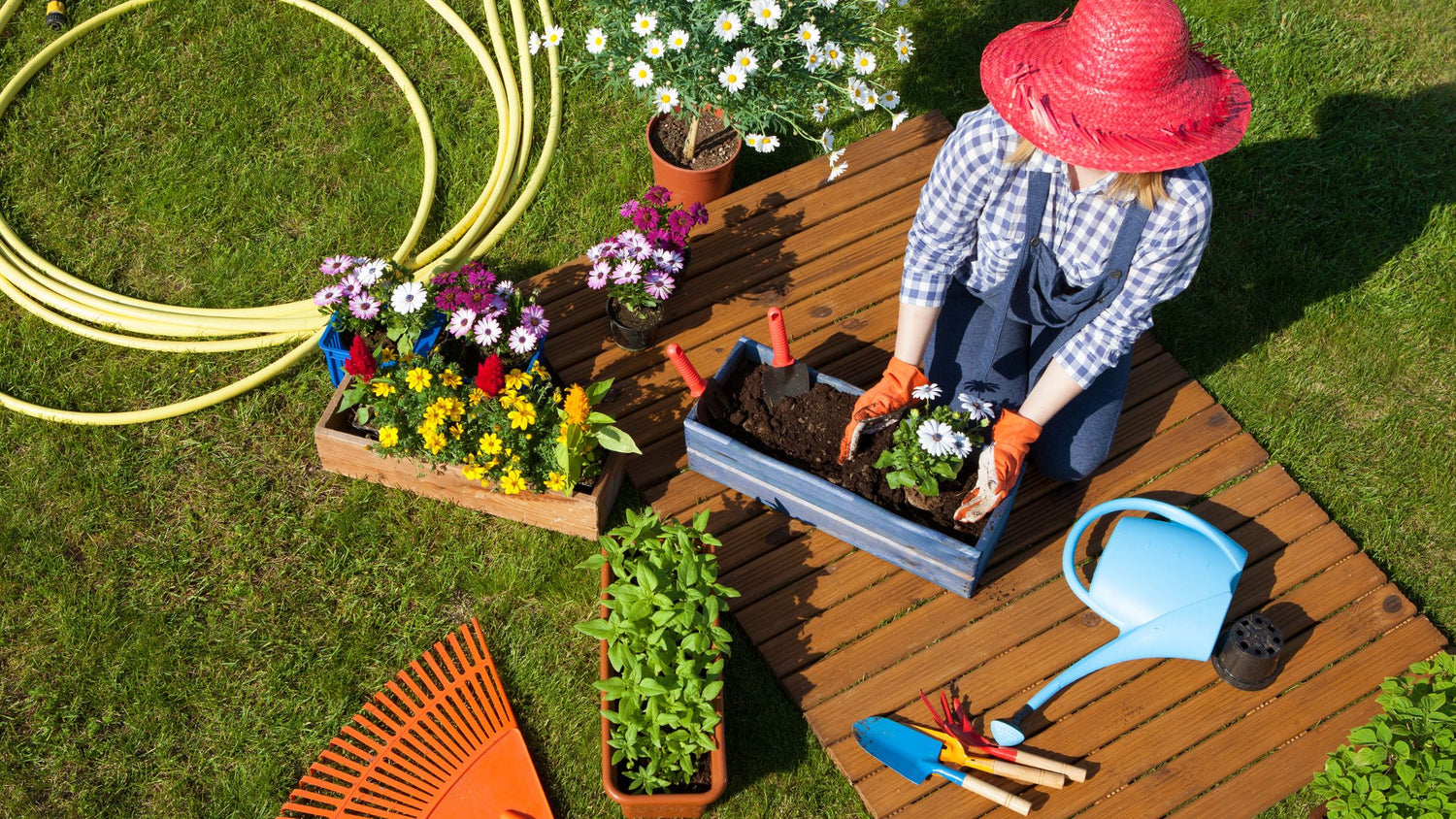Gardening is not just a pastime; it's a journey of discovery, an art form, and a science that intertwines the gardener with the rhythms of nature. Whether carefully tending to a small container garden on your balcony or cultivating an expansive vegetable garden in your backyard, the rewards of gardening are immense and varied. It's about more than just the beauty or the harvest—it's a path to physical and mental well-being, a way to connect with the environment, and a key to understanding the complexities of nature's ecosystems. This comprehensive guide aims to share 25 vital gardening tips that cater to gardeners of all levels. From soil preparation to water management, plant selection to pest control, these tips encapsulate the essence of gardening wisdom, helping you to nurture a thriving garden that becomes your oasis.
1. Get to Know Your Soil
Soil is the foundation of your garden. Different plants have unique soil preferences, and understanding your soil type — whether it’s sandy, clay, loam, or silt — will dictate how you water, fertilize, and choose your plants. Kits are available to test soil pH and nutrient levels at home or through your local extension service, guiding you on how to amend your soil for optimal plant health.
2. Choose the Right Plants for Your Zone
Selecting well-suited plants to your climate will lead to a more successful garden. The USDA Hardiness Zone map is an excellent starting point, helping you identify plants that can thrive in your area’s temperature extremes. Also, consider microclimates within your garden, such as shaded and sunny spots, to further tailor your plant selections.
3. Observe Your Garden's Sunlight
The amount of sunlight your garden receives is crucial for plant selection. Full sun, partial shade, or full shade – knowing these conditions will allow you to choose the right plants that are best suited to thrive in your garden. Track the sunlight across your garden for a few days to get an accurate idea.
4. Water Wisely
Over or under-watering can stress plants. The general rule is to water deeply but infrequently, encouraging deeper root growth and making plants more resilient during dry spells. Early morning is the best time to water, reducing evaporation and minimizing disease risk. Consider installing a drip irrigation system for consistent, efficient watering.
5. Mulch Matters
Mulch is a gardener’s best friend. It conserves moisture, keeps weeds at bay, and as it breaks down, it adds organic matter to the soil. Different types of mulch have additional benefits and drawbacks, so choose one that best meets the needs of your plants and soil.
6. Use Compost
Compost is gold for gardeners. It enriches the soil, introducing beneficial microbes and nutrients that help plants grow. You can create your compost pile with kitchen scraps and yard waste, turning waste into a valuable resource. Work compost into the soil before planting, and use it as a top dressing for established plants.
7. Don’t Crowd Plants
Proper spacing prevents disease by promoting air circulation and allows plants to mature fully. Crowded plants compete for light, water, and nutrients, leading to subpar growth or even plant loss. Reference seed packets or plant tags for spacing guidelines, and resist the temptation to overplant.
8. Rotate Crops
Especially important in vegetable gardening, crop rotation helps preserve soil health and prevents pest and disease cycles. Try not to plant the same or closely related crops (like tomatoes and peppers) in the same spot year after year. A three-year rotation cycle is a good rule of thumb.
9. Start Seeds Indoors
Starting seeds indoors extends your growing season. With controlled conditions, you can nurse seedlings to a robust size, ready for transplanting once the weather warms. Use quality seed starting mix and keep the seeds moist and warm. Monitoring and adjusting lighting as they grow is crucial for sturdy, healthy plants.
10. Harden Off Seedlings
Transitioning plants from the controlled environment of your home to the outdoors requires a period of adjustment. Hardening off gradually introduces seedlings to direct sunlight, temperatures, and wind over a week or so, reducing transplant shock and improving survival rates.
11. Control Pests Naturally
Chemical pesticides can harm more than just pests – they can affect beneficial insects, pets, and even humans. Integrated pest management (IPM) practices, like encouraging natural predators, using barriers, and applying organic pesticides only as needed, can keep pest populations in check while protecting the ecosystem in your garden.
12. Plant Perennials
Perennials offer a sustainable backbone to your garden, returning year after year. While they may require more initial investment and patience, these plants provide long-term rewards in terms of beauty, food, or utility. Mixing perennials with annuals can give your garden both stability and variety.

13. Save Seeds
Saving seeds from your favorite plants saves money and can lead to plants that are better adapted to your specific growing conditions over time. Learn the proper techniques for saving seeds from various types of plants, ensuring they’re dry and stored correctly for the best germination rates next season.
14. Pruning is Key
Proper pruning improves plant health and encourages flowering and fruiting. However, different plants have different pruning needs and timings. Learn the basics of pruning for your specific garden inhabitants to maximize their potential without inadvertently harming them.
15. Deadhead Flowers
Regularly removing spent flowers from plants encourages them to dedicate energy to creating new blooms rather than seeds. This practice, known as deadheading, can significantly extend the flowering period of many plants, keeping your garden looking vibrant all season long.
16. Practice Succession Planting
Succession planting ensures a continuous harvest all season. After harvesting early crops, replant the area with another crop that will mature before the season ends. Another approach is to plant varieties with different maturity dates at the same time, extending the harvesting window.
17. Attract Pollinators
Diversify your garden with plants that attract beneficial pollinators like bees, butterflies, and birds. These creatures play a crucial role in the reproduction of many plants, increasing yields and ensuring biodiversity. Native plants are particularly effective at attracting local pollinator species.
18. Use Vertical Space
Vertical gardening is an excellent way to maximize your growing area, especially in smaller spaces. Trellises, walls, and fences can support climbing plants like peas, beans, and some types of squash and cucumbers, adding beauty and yield in tight quarters.
19. Plant in Blocks
Block planting, as opposed to traditional row planting, can lead to increased yields and reduced weeds. This approach involves planting in a grid pattern, allowing plants to shade the soil, retain moisture, and minimize weed growth. It can be particularly effective in raised bed gardening.
20. Keep Tools Clean
Clean, sharp tools make gardening tasks easier and can help prevent the spread of diseases between plants. Regularly clean your tools with soap and water, and disinfect them with a solution of bleach or alcohol, especially after working with diseased plants.
21. Monitor and Adjust
Regularly walk through your garden, observing plant health and signs of pests or diseases. Early detection is key to addressing issues before they become severe. Be prepared to adjust your gardening practices based on what you observe.
22. Garden Sustainably
Choose organic fertilizers and pesticides, compost kitchen and garden waste, and collect rainwater for irrigation. Sustainable practices not only benefit your garden in the long term but also support the environment.
23. Make a Plan
Each season, take time to plan your garden. Consider crop rotation, companion planting, and succession planting to optimize space and resources. A well-thought-out plan can help you avoid common pitfalls and make the most of your garden each year.
24. Keep a Garden Journal
Documenting your gardening journey allows you to learn from both successes and setbacks. Record planting dates, varieties, weather patterns, and anything unusual. Your journal becomes an invaluable resource for planning future gardens.
25. Be Patient and Persistent
Gardening is a process of constant learning. Every season brings new challenges and opportunities. Be patient with yourself and your garden, celebrating successes and learning from any failures. With persistence, you’ll see your gardening skills — and your garden — flourish.
As we draw this guide to a close, remember that gardening is a journey that is as personal as it is universal. Every plant that grows under your care, every flower that blooms, and every vegetable that reaches maturity is a testament to your connection with the earth. These 25 gardening tips are stepping stones on your path to becoming not just a gardener, but a steward of the earth. Let each seed you plant be a symbol of hope, and each garden a sanctuary for growth, not just for the plants but for you as well. As the seasons change and your garden evolves, take pride in the knowledge that with each passing year, you are cultivating more than just plants—you are nurturing a deeper bond with the cycle of life itself. Gardening is a continuous learning experience, rich with challenges and rewards. Cherish the successes, learn from the setbacks, and above all, enjoy the remarkable journey of growth and discovery that gardening offers. Happy gardening!





Leave a comment
This site is protected by hCaptcha and the hCaptcha Privacy Policy and Terms of Service apply.